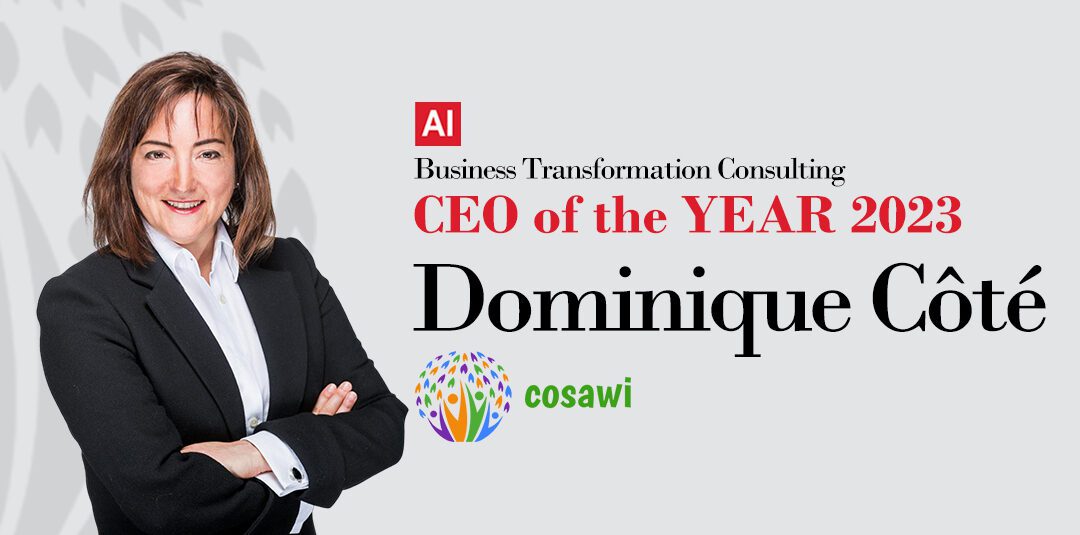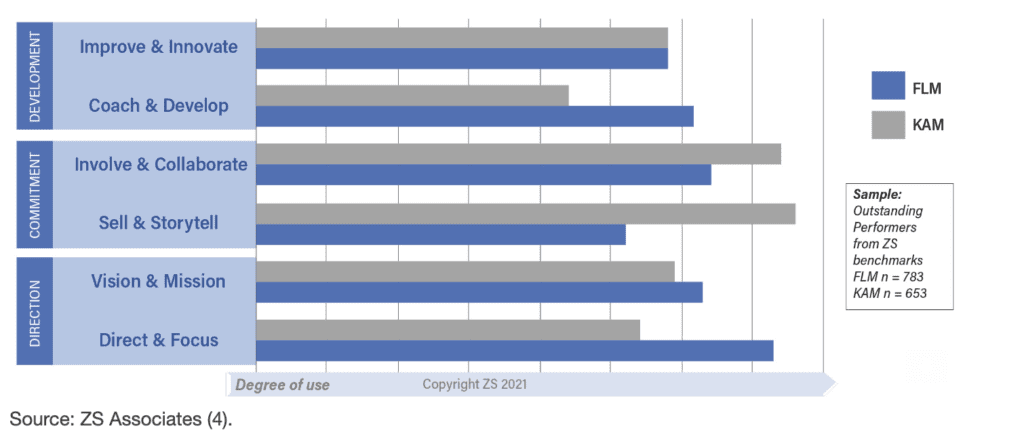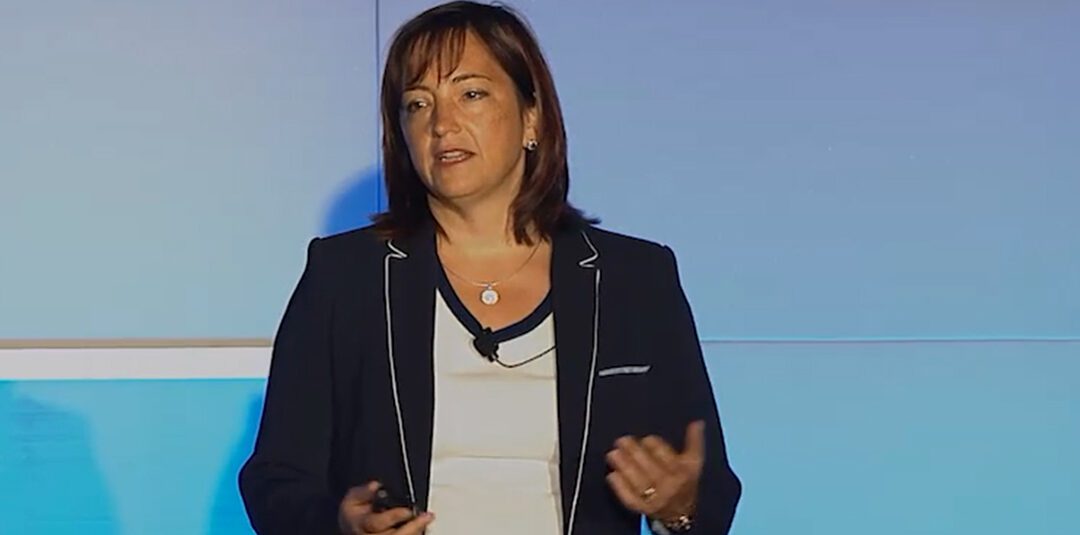As the market becomes more diverse and dynamic, the level of complexity that KAMs face continues to increase. In this context, both KAMs and KAM leaders need to canvass a range of perspectives to understand the problem and find more innovative solutions to address the changing market dynamics. Outstanding KAM leaders can both harness diversity and adapt their leadership style to address the needs of different individuals and cultures (1). Dominique Côté shares her experiences for harnessing diversity to deliver innovative solutions.
Dominique learned the value of diversity through her international experience (2). Dominique grew up in Canada but has led teams spanning 36 countries in her global leadership roles. These experiences developed Dominique’s appreciation for the value that different cultures bring to looking at problems and generating solutions. “One of the regions I led was Middle East, where the culture is grounded in a completely different philosophy in comparison with my home country of Canada. As a consequence, they look at the world through different lenses in line with their cultural values. When you combine diverse perspectives, it enables you to unlock new solutions and ideas for supporting customer success.”
Dominique’s experience aligns with research on the power of collective intelligence. The best predictor of the performance of a diverse group is not how smart the most intelligent group member is: rather, what makes the difference is the level of empathy and social sensitivity demonstrated by group leaders. High performing teams are those in which more people speak up and where more questions are asked to understand the perspectives of others. The level of diversity or the average intelligence of the group is not directly correlated to performance, yet where leaders are able to use their skills to enable the group to listen to each other and build on the ideas of others, groups perform almost 50% better in solving complex tasks and deliver more innovative solutions.
Adaptive leadership harnesses difference
Harnessing the ideas and perspectives of people with very different views is not an easy task, as Dominique describes. “Leading diverse teams requires a lot of humility. You are not the one with the answers: your job is to enable others to find solutions.” It also requires a high level of self-awareness. “Leading in international and diverse settings has encouraged me to become more self-aware. I have a better appreciation of my strengths, which enables me to be more assertive and supportive; I also have an understanding of how to manage or mitigate the areas where I am not so strong. That motivates me to support other people to shine and to encourage people to better appreciate each other’s strengths.”
Self-awareness is both a driver of high performance and a factor that underpins levels of empathy and social sensitivity. In fact, one study found that, without self-awareness, an individual only has a 17% chance of demonstrating empathy for others (3). Self-awareness encompasses both emotional self-awareness – an understanding of your current emotional state and potential triggers that may derail – and accurate self-assessment, which is the realistic self-appraisal of an individual’s strengths and weaknesses, as exemplified by Dominique.
Aligning a diverse team
Dominique applies her strengths as a KAM leader to rally diverse teams by drawing on a wide range of leadership styles. “The starting point is aligning people around a common purpose. A shared vision is what enables KAM leaders to focus the talents and different ways of thinking of the bright and ambitious people we work with. Our role is to awaken that intelligence and ambition, then foster a supportive environment to enable them to be at their best.”
Dominique’s approach reflects a broader trend in the leadership styles utilized by KAMs, as shown in the graph below (4). In comparison with First Line Managers with direct accountability for teams, KAMs tend to place more emphasis on styles such as involvement and storytelling in order to build commitment. They provide big picture direction, sharing the vision and mission for the team and the customer, but provide less specific task direction as they do not typically ‘own’ the resources in the team. As Dominique puts it, “KAM Leaders cannot dictate as leaders: they need to use leadership styles that are more about partnering and listening to create opportunities, growth and positive team environment.”








